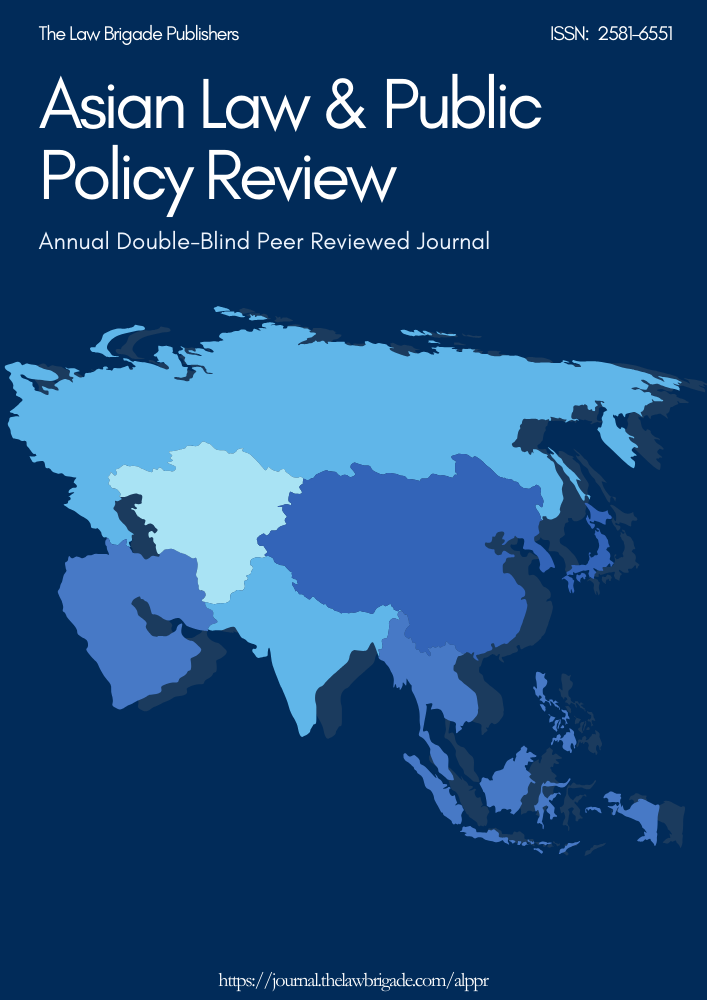I Am What I Am, So Take Me As I Am: Section 377 Verdict And The Way Forward
Keywords:
LGBTQIA+, Queer Rights, Section 377Abstract
The decision follows a protracted struggle by activists and members of the community against the repressive law, introduced in 1861 when India was under British rule. The controversy erupts after Kiran Bedi, inspector general of the Tihar jail in Delhi, refused to provide condoms for inmates, saying it would encourage homosexuality, besides admitting that inmates indulge in it. In response, AIDS Bhedbhav Virodhi Andolan (ABVA) files a writ petition in the Delhi high court, demanding that free condoms be provided and that section 377 be recognised as unconstitutional. Despite long-running efforts to mobilise support, the petition was eventually dismissed in 2001. In this recent verdict, the Supreme Court has taken a step forward to widen the ambit of individual autonomy and decisional privacy. Constitutional morality was differentiated from social or majoritarian morality and emphasis was put on constitutional morality. Fundamental right of an individual should not be violated for the sake of social morality. The Constitution lays it foundation on diversity and as long as constitutional morality is not hampered, it should protect the fundamental rights of every individual without any discrimination.
Downloads
Downloads
Published
Issue
Section
License

This work is licensed under a Creative Commons Attribution-NonCommercial-ShareAlike 4.0 International License.
License Terms
Ownership and Licensing:
Authors of research papers submitted to any journal published by The Law Brigade Publishers retain the copyright of their work while granting the journal specific rights. Authors maintain ownership of the copyright and grant the journal the right of first publication. Simultaneously, authors agree to license their research papers under the Creative Commons Attribution-ShareAlike 4.0 International (CC BY-SA 4.0) License.
License Permissions:
Under the CC BY-SA 4.0 License, others are permitted to share and adapt the work, even for commercial purposes, provided that appropriate attribution is given to the authors, and acknowledgment is made of the initial publication by The Law Brigade Publishers. This license encourages the broad dissemination and reuse of research papers while ensuring that the original work is properly credited.
Additional Distribution Arrangements:
Authors are free to enter into separate, non-exclusive contractual arrangements for distributing the published version of the work (e.g., posting it to institutional repositories or publishing it in books), provided that the original publication by The Law Brigade Publishers is acknowledged.
Online Posting:
Authors are encouraged to share their work online (e.g., in institutional repositories or on personal websites) both prior to submission and after publication. This practice can facilitate productive exchanges and increase the visibility and citation of the work.
Responsibility and Liability:
Authors are responsible for ensuring that their submitted research papers do not infringe on the copyright, privacy, or other rights of third parties. The Law Brigade Publishers disclaims any liability for any copyright infringement or violation of third-party rights within the submitted research papers.


